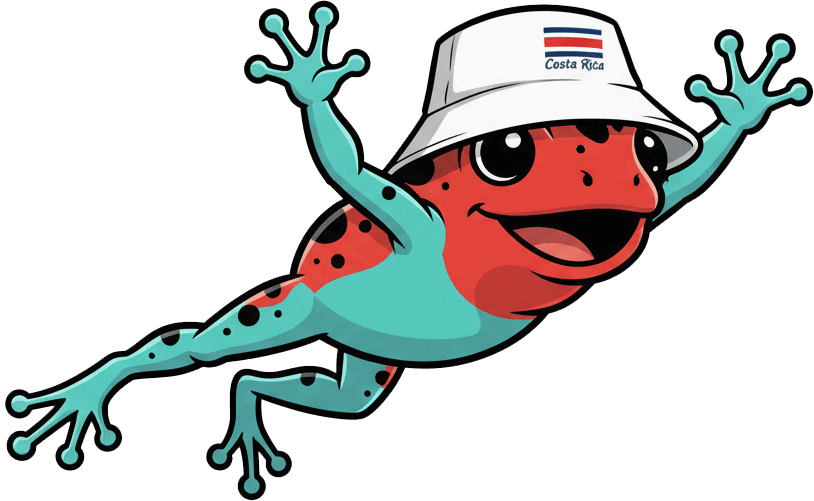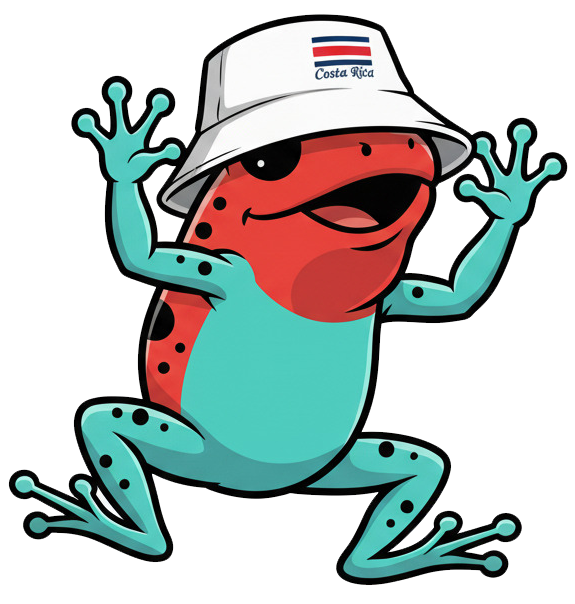Costa Rica’s Independence Day, celebrated on September 15th, holds a special place in the country’s history. It marks a defining moment in which the nation gained its freedom and began the journey towards building a unique identity.
The Road to Independence
The colonial era in Costa Rica was marked by Spanish rule and control. During this time, the country experienced significant economic growth through the production of agricultural goods such as coffee, sugar, and tobacco. However, the period was also defined by political and social unrest, which eventually led to the struggle for independence in Central America.
The Fight for Freedom
The journey towards independence was a long and difficult one, marked by various uprisings and rebellions against Spanish rule. In Costa Rica, the movement towards independence was led by key figures such as Juan Mora Fernández, who served as the country’s first elected head of state, and Braulio Carrillo Colina, who played a significant role in the country’s political and social development.
The struggle for independence in Costa Rica was largely a peaceful one, characterized by negotiations and compromises with Spanish authorities. However, this journey was not without its share of bloodshed, as various battles were fought in other parts of Central America.
The Uprising in Costa Rica
The eventual uprising in Costa Rica was sparked by political and economic grievances, as well as by the desire for greater autonomy and representation in the government of Guatemala, which then controlled the region. On September 15, 1821, the Costa Rican Congress made the declaration of independence, declaring the country to be free and independent from Spanish rule.
This was a momentous occasion for the people of Costa Rica, who celebrated their newfound freedom with parades, music, and festivities. The declaration of independence paved the way for the development of a new political and social order in the country.

Nation-Building in Costa Rica
Following independence, Costa Rica embarked on a journey of nation-building, which was marked by the establishment of a new government, the creation of political stability, and the development of a unique Costa Rican identity. Leaders such as Tomás Guardia and Rafael Ángel Calderón played significant roles in shaping the country’s political and social landscape during this period.
The nation-building process in Costa Rica was also marked by significant achievements in various areas such as education, healthcare, and social welfare. Today, the country is widely regarded as one of the most democratic and peaceful nations in the world, with high standards of living and a strong commitment to social progress.
September 15, 1821: The Proclamation
On September 15, 1821, the Costa Rican Congress made a historic declaration of independence, marking a significant moment in the country’s history. This proclamation signified the end of Spanish rule and the beginning of a new era for Costa Rica.
The declaration was made in Cartago, a city that had long been a center of political and cultural activity in the country. The atmosphere was electric as people of all walks of life gathered to hear the proclamation read aloud.
“We, the representatives of the people of Costa Rica, solemnly declare that the people of this land are free from all Spanish authority, and that henceforth, we are a free and independent nation.”
The proclamation was met with joyous celebrations throughout the country. People took to the streets, waving flags and cheering, as fireworks exploded overhead.
The Importance of the Proclamation
The proclamation of independence was a crucial moment in Costa Rica’s history. It marked the beginning of a new era for the country, one in which its people had the opportunity to build a new government, establish their own laws, and shape their own destiny.
Furthermore, the declaration of independence served as a model for other Central American nations seeking to break free from Spanish rule. It was an inspiration to others and helped to fuel the broader struggle for independence across the region.
For Costa Ricans, the declaration of independence was a moment of great pride and a source of national identity. The proclamation laid the foundation for a new era of political stability, social progress, and economic growth that has continued to shape the country to this day.
Building a Nation
Following independence, Costa Rica faced the challenging task of building a new nation from scratch. In 1824, the country adopted its first constitution and established a bicameral legislature. However, political instability and economic struggles continued throughout the 19th century.
Despite these challenges, Costa Rica managed to maintain a stable government while much of Central America was experiencing political turmoil. This stability was due in part to the country’s lack of major exports, which reduced its dependence on foreign markets and limited the influence of outside powers.
Formative Period
The formative period of nation-building in Costa Rica was marked by significant milestones and leaders who helped shape the country’s identity. One notable figure during this period was Juan Rafael Mora Porras, who served as president from 1849 to 1859. Mora implemented a number of reforms, including the establishment of a national militia and the construction of public infrastructure.
Another key milestone was the abolition of the army in 1949, which helped solidify Costa Rica’s reputation as a peaceful nation. This decision paved the way for increased investment in education and social programs, contributing to the country’s high levels of social progress and quality of life today.
Costa Rican Identity
The process of nation-building in Costa Rica also involved the development of a distinct national identity. Early on, Costa Ricans embraced their lack of major exports and instead focused on cultivating a reputation as a peaceful, democratic nation. This identity was reinforced by the country’s strong commitment to education, which helped create a well-informed citizenry that actively participates in the democratic process.
Costa Rica’s identity is also reflected in its national symbols, such as the flag and the coat of arms. The flag features blue and white stripes, representing the country’s sky and peace, respectively. The coat of arms includes symbols such as a coffee bush and volcanoes, highlighting Costa Rica’s natural beauty and resources.

Costa Rica Today: Independence’s Impact
Costa Rica’s independence has had a profound impact on the country’s development and modern identity. Today, Costa Rica is widely known as a bastion of democracy and a peaceful nation, with a high quality of life and a commitment to social progress.
Democracy
Costa Rica’s commitment to democracy can be traced back to the early days of independence, when the country established a democratic government that has endured to this day. Today, Costa Rica is widely recognized as one of the most stable and democratic nations in Central America, with regular free and fair elections, robust institutions, and a thriving civil society.
Peaceful Nation
Costa Rica abolished its military in 1949, making it one of the few countries in the world without a standing army. This decision has helped to foster a culture of peace and stability in the country, and has allowed Costa Rica to redirect resources to other areas, such as education and health care.
Social Progress
Costa Rica has made significant strides in terms of social progress since gaining independence. The country has one of the highest literacy rates in the region, and has made major investments in health care and education. Costa Rica also has a strong commitment to environmental protection and sustainability, which has earned the country a reputation as a global leader in this area.
Quality of Life
Thanks to its commitment to democracy, peace, and social progress, Costa Rica has one of the highest standards of living in the region. The country’s health care system is widely regarded as one of the best in Latin America, while its education system consistently ranks among the top performers in the region. Costa Rica also boasts a high level of human development and quality of life indices, putting it on par with many developed nations around the world.
Frequently Asked Questions about Costa Rica’s Independence
As Costa Rica’s Independence Day quickly approaches, you may have some questions about the holiday and its significance. Below are some commonly asked questions and their answers.
How is Independence Day celebrated in Costa Rica?
Independence Day in Costa Rica is celebrated on September 15th with parades, fireworks, and cultural events. Schools and businesses are closed in commemoration of the holiday, and many Costa Ricans proudly display the national flag.
What are some of the national symbols associated with Independence Day?
The national symbols of Costa Rica include the flag, the coat of arms, and the national anthem. The flag consists of blue and white stripes with a red stripe in the center, representing the blood shed during the struggle for independence. The coat of arms features three volcanoes, a rising sun, and seven stars, which represent Costa Rica’s seven provinces.
Are there any historical landmarks related to Costa Rica’s independence movement?
Yes, there are several historical landmarks related to Costa Rica’s independence movement that you can visit. The National Museum of Costa Rica, located in San Jose, contains exhibits on the country’s history, including the events leading up to independence. Other landmarks include the San Jose Cathedral and the National Monument, which commemorates the signing of the country’s constitution in 1949.


